You
have angry-looking bumps on your skin, and you thought they were
nothing but zits. However, they are persistent and refuse to heal, and
you begin to wonder if there is something else causing this condition.
Well, yes. Those firm, tiny, and pus-filled lesions may also be water
warts (also referred to as Molluscum contagiosum), a viral skin
infection. Would you like to know how you can get rid of this condition?
Read on to find out.
These bumps are painless and rarely leave scars behind, even when left untreated, and might take months or years to disappear.
The lesions usually go through three stages. In the first stage, white or skin colored bumps are formed. Then, these bumps are enlarged and filled with pus in a few weeks. Finally, they may burst and develop into sores that have a high probability of becoming infected.
Let’s not look at the causes of this condition.
What Is Molluscum Contagiosum (Water Warts)?
This is a viral skin infection caused by the molluscum contagiosum virus, which results in raised bumps on the outer layers of the skin. It is also referred to as water warts.These bumps are painless and rarely leave scars behind, even when left untreated, and might take months or years to disappear.
The lesions usually go through three stages. In the first stage, white or skin colored bumps are formed. Then, these bumps are enlarged and filled with pus in a few weeks. Finally, they may burst and develop into sores that have a high probability of becoming infected.
Let’s not look at the causes of this condition.
What Causes Molluscum Contagiosum?
The main cause is the Molluscum Contagiosum virus, as already discussed. This virus belongs to the pox virus family and is highly contagious. The condition is more common in children and is spread by direct contact. On scratching or rubbing, molluscum contagiosum can spread to different body parts of the same individual.In adults, it is mostly spread by sexual contact and may also occur in individuals with poor immunity.
Let’s now take a look at the symptoms of this infection.
What Are The Signs And Symptoms Of Molluscum Contagiosum?
This condition mainly results in the formation of a group of small and painless lesions, which appear alone or even in small patches of 20 or so. The bumps are usually:- tiny and shiny
- pink or skin-colored
- a firm with a dent in the middle
- filled with a waxy material
- 2 to 5 mm in diameter
- present on the face, torso, arms, legs, or even on the inner thighs or genitals
How To Treat Molluscum Contagiosum Naturally
1. Tea Tree Essential Oil
You Will Need
- Tea tree oil
- Cotton swabs
- Carrier oil like coconut or olive oil (optional)
What You Have To Do
- Take a cotton swab, dip it in some tea tree oil and
- apply it to all the lesions.
- You can also combine tea tree oil with some iodine. However, do a patch test first to look for signs of irritation.
- If you have sensitive skin, mix tea tree oil with a carrier oil of your choice before applying it.
How Often You Should Do This
You must do this twice daily.Why This Works
Tea tree essential oil possesses excellent antimicrobial and anti-inflammatory properties that help the lesions heal faster and prevent spreading of the infection (1), (2).2. Apple Cider Vinegar
You Will Need
- A small bowl of diluted apple cider vinegar
- Cotton swabs
What You Have To Do
- Dip a cotton swab in diluted apple cider vinegar and apply it directly to all the bumps.
- Allow it to dry.
How Often You Should Do This
Do this 2 to 4 times a day.Why This Works
Apple cider vinegar is a natural antiseptic and can help prevent the spread of infection. It also has anti-inflammatory and antiviral properties, which make it one of the best options to treat molluscum contagiosum (3), (4).Caution
You may want to do a patch test before going ahead with this remedy as it may sometimes result in skin burns.3. Vitamins
Vitamins (or vitamin oil) can help treat molluscum contagiosum. Vitamin A and vitamin E-based oils or ointments are often used to improve skin health (5), (6). You can also combine these oils with fish oil to get rid of those ugly papules faster.4. Coconut Oil
You Will Need
- Coconut oil
- Cotton swabs (optional)
What You Have To Do
- Take a little coconut oil on clean fingertips and apply it directly to the bumps on your skin.
- You can also use cotton swabs for the application.
How Often You Should Do This
Apply coconut oil to the affected area 2 to 3 times daily.Why This Works
Coconut oil is a rich source of fatty acids that help in retaining moisture in your skin. It also has anti-inflammatory and antifungal properties and can aid faster healing and prevent the development of fungal infections in the affected areas (7), (8), (9).5. Epsom Salt
You Will Need
- 1 cup of Epsom salt
- Bathwater
What You Have To Do
- Add a cup of Epsom salt to your bathwater.
- Soak in the bath for 20 to 30 minutes.
How Often You Should Do This
You must do this daily until you see an improvement.Why This Works
The high magnesium content in Epsom salt helps relieve inflammation and this, in turn, can speed up the healing of the lesions (10).6. Garlic
You Will Need
- 5-6 garlic cloves
- Bandages
What You Have To Do
- Mince some garlic cloves and apply it to the affected areas.
- Cover with bandages and leave it on for about 30 minutes.
How Often You Should Do This
You must do this 2 to 3 times daily.Why This Works
Garlic has anti-inflammatory properties that can help with the healing of the lesions (11). It also has antimicrobial properties that protect your skin from infection (12).7. Grapefruit Seed Extract
You Will Need
- 2 teaspoons of grapefruit seed extract
- 1 tablespoon of water
- Cotton balls
What You Have To Do
- Add two teaspoons of grapefruit seed extract to a tablespoon of water and mix well.
- Dip a cotton ball in this solution and apply it to the affected areas.
- Leave it on for 20 minutes and rinse it off with lukewarm water.
How Often You Should Do This
Do this 1 to 2 times a day for a few weeks.Why This Works
Grapefruit seed extract can also help in treating molluscum contagiosum. This is mainly because of its antiviral and antimicrobial properties that help your skin heal faster and protect it from further microbial infection (13), (14).8. Honey
You Will Need
- Raw or manuka honey
- Bandages
What You Have To Do
- Apply honey to all the lesions.
- Cover them with band-aids or a sanitary gauze.
How Often You Should Do This
You must do this 1 to 2 times daily.Why This Works
Honey has been used for ages for its amazing healing properties. It is an exceptional remedy for various skin ailments and helps treat molluscum contagiosum with its antimicrobial and anti-inflammatory properties (15), (16), (17).9. Wheatgrass Juice
You Will Need
1/4 cup of wheatgrass juiceWhat You Have To Do
- Consume one-fourth cup of wheatgrass juice daily.
- You can also mix this juice with some honey or fruit juice if the taste is too strong for your liking.
How Often You Should Do This
Drink wheatgrass juice once daily.Why This Works
A small amount of wheatgrass juice helps your body meet the RDI (Reference Daily Intake) of most nutrients. The juice combats inflammation and also helps in improving the functioning of your immune system, thus helping you to recover faster from the infection (18), (19).10. Aloe Vera
You Will Need
Aloe vera gelWhat You Have To Do
- Take some aloe vera gel and apply it to the lesions.
- Leave it on for 25 to 30 minutes.
- Wash it off with lukewarm water.
How Often You Should Do This
You must do this daily for at least 2 weeks.Why This Works
Aloe vera is one of the best natural remedies for treating molluscum contagiosum due to its healing and anti-inflammatory properties (20), (21).11. Clove Essential Oil
You Will Need
- 1-2 teaspoons of clove oil
- 1 tablespoon of coconut oil
- Cotton swabs
What You Have To Do
- Mix two teaspoons of clove oil with a tablespoon of coconut oil.
- Dip a clean cotton swab into this mixture and apply it to all the lesions.
- For more effective results, you can cover the treated skin with a duct tape.
- Leave this on for 25 to 30 minutes and then wash it off with water.
How Often You Should Do This
You can do this 1 to 2 times daily.Why This Works
Clove essential oil exhibits powerful antimicrobial properties that protect the lesions from further infection (22). It also has anti-inflammatory properties that help relieve inflammation and swelling in the affected area (23).12. Lemon Juice
You Will Need
- Freshly squeezed lemon juice
- Cotton swabs
What You Have To Do
- Take a lemon and cut it in half.
- Squeeze out its juice and apply it to the affected areas with a cotton swab.
- Leave it on for 30 minutes to 1 hour, after which you can wash it off with water.
How Often You Should Do This
You must do this twice daily for at least a week.Why This Works
Lemon is quite beneficial in the treatment of various skin disorders. Its antibacterial nature protects your skin from bacterial infections, and its anti-inflammatory properties speed up the healing of the lesions on your skin (24), (25).These remedies will help you get rid of molluscum contagiosum naturally, But, what do you do if these lesions pop?
What To Do If The Molluscum Lesion Pops?
Sometimes, the molluscum might pop, releasing a white gooey substance from within. In such a scenario, take proper care to ensure that this substance does not come in contact with other parts of your body as it might lead to spreading of the infection. Keep the following tips in mind while dealing with a popped molluscum lesion:- Wipe away the residue from the bump with alcohol.
- Wipe the popped molluscum with hydrogen peroxide.
- Dispose of the wipes that have come in contact with the lesion.
- Cover the popped bump with a bandage.
- Repeat this for all the bumps that have happened to pop.
Prevention Tips
- Always wash your hands.
- Do not scratch or rub on the lesions.s
- Keep the lesions covered with gauze or bandage.
- Use duct tape occlusion therapy (DTOT) to speed up the healing of the warts.
- Do not share your towels or clothes.
- Avoid swimming.
- Avoid sexual activities, especially if you have these lesions near the genital area.
- Use an antimicrobial soap like Octenisan.
- Consume a lot of fiber-rich foods like lentils, beans, sprouts, and broccoli.
- Drink fiber-rich juices like apple, banana, strawberry, and raspberry juice.
Source Click here
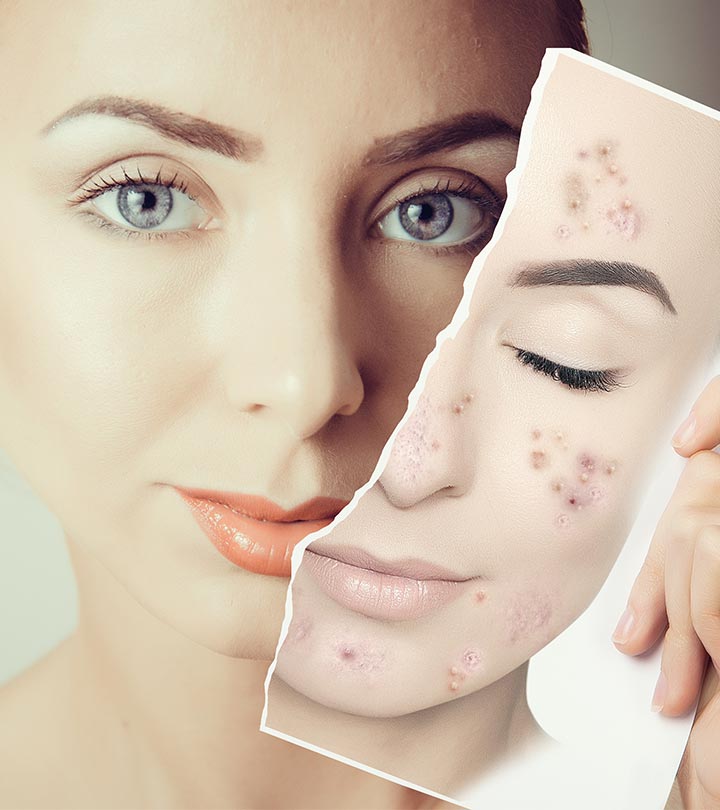
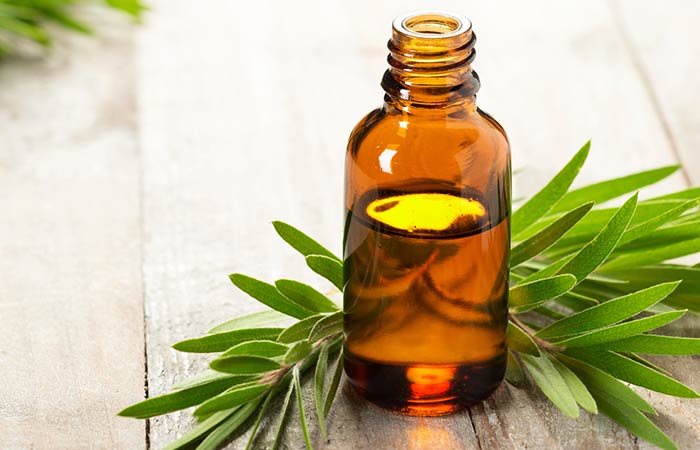
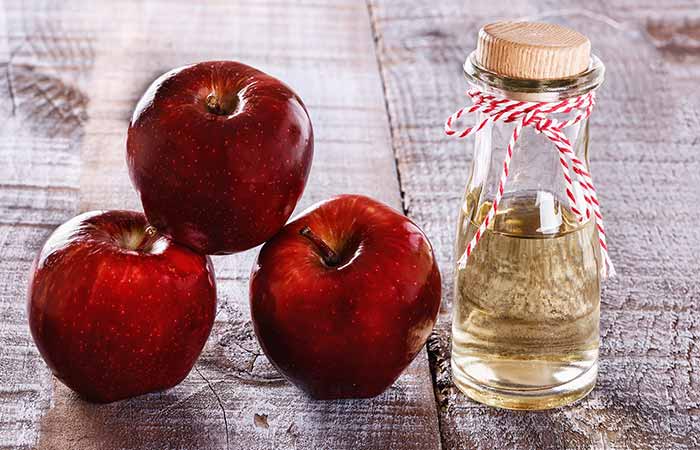
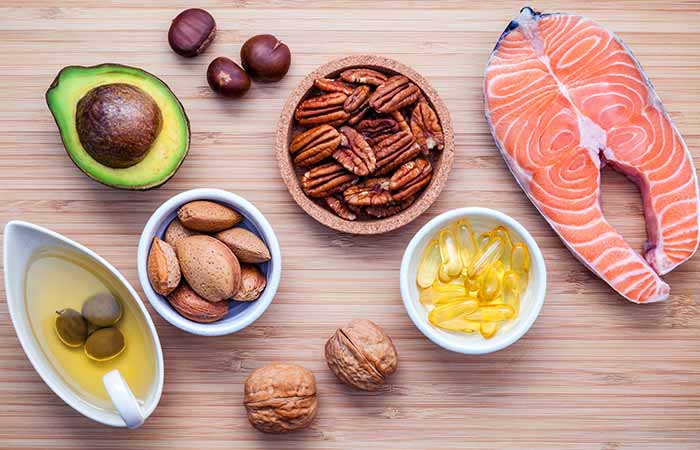
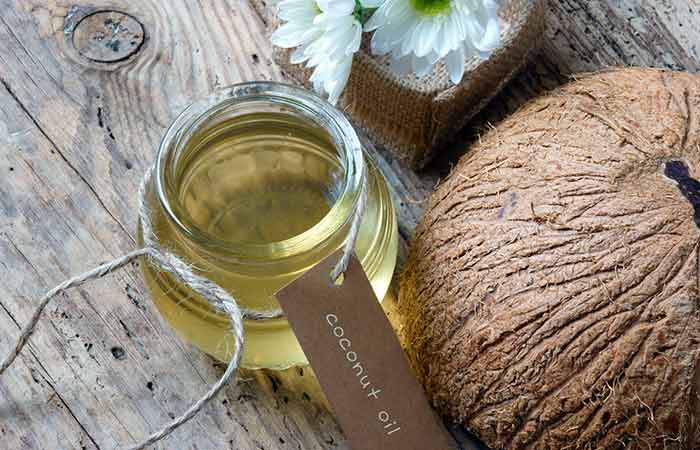
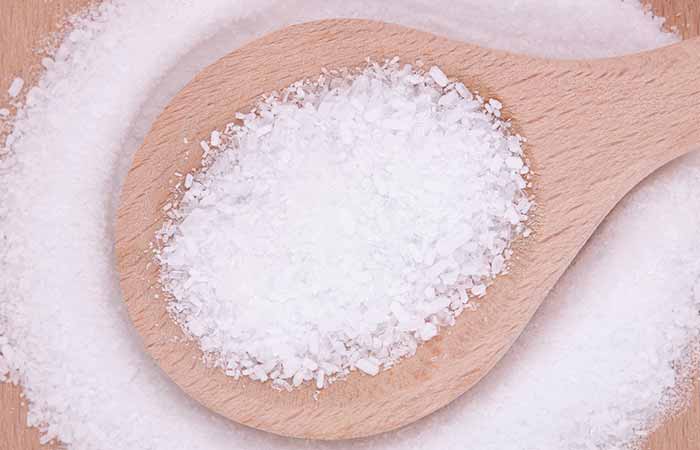
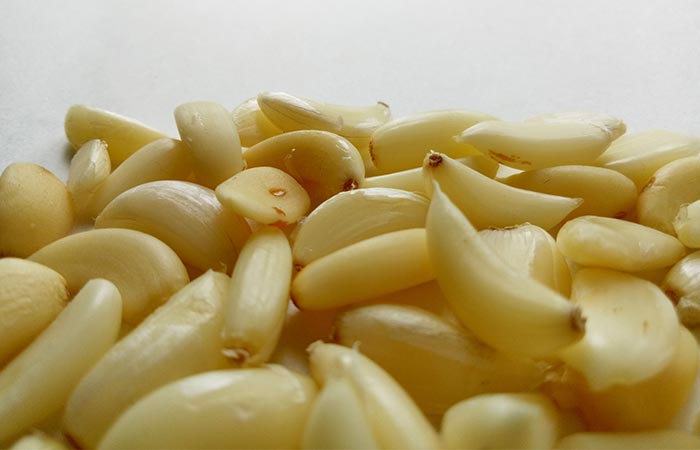
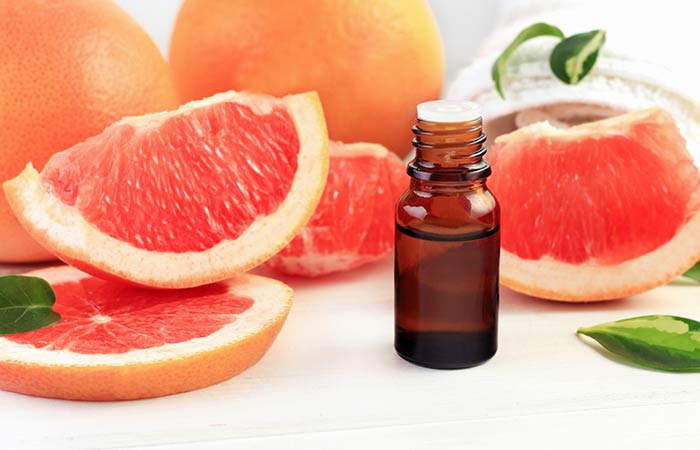
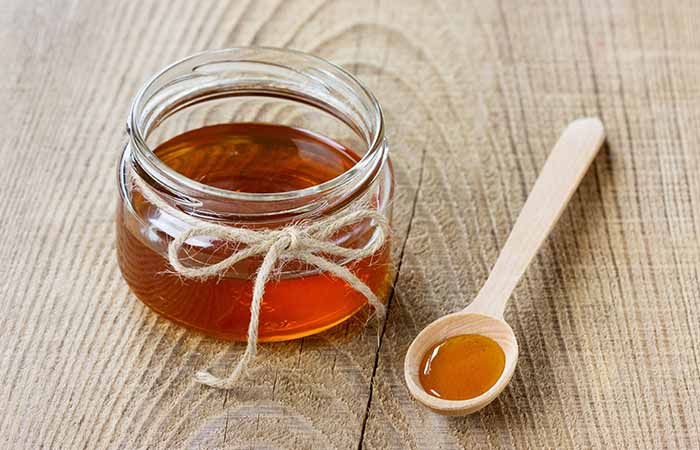
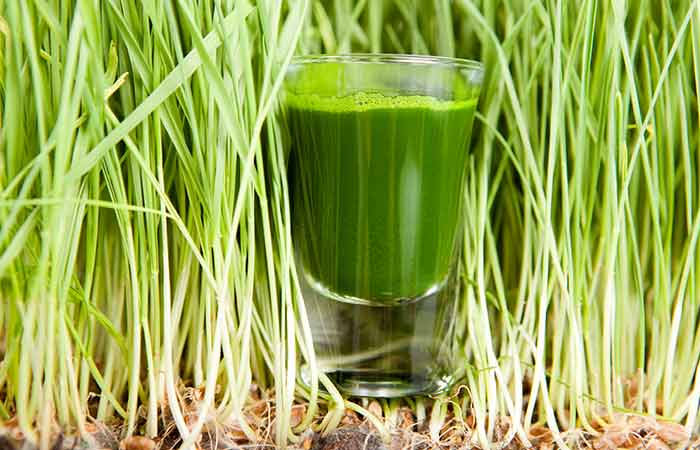
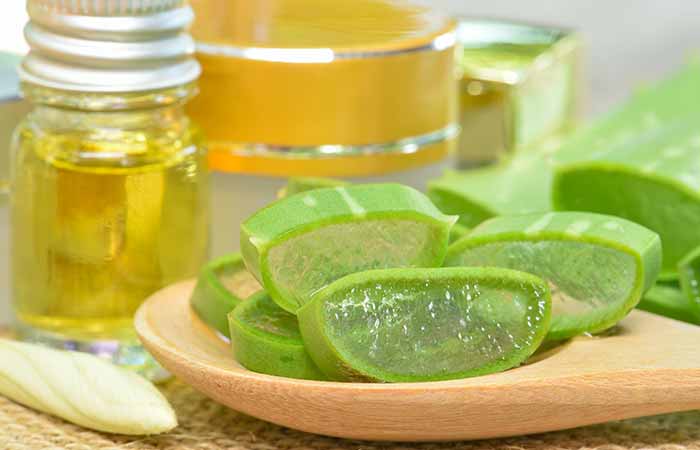
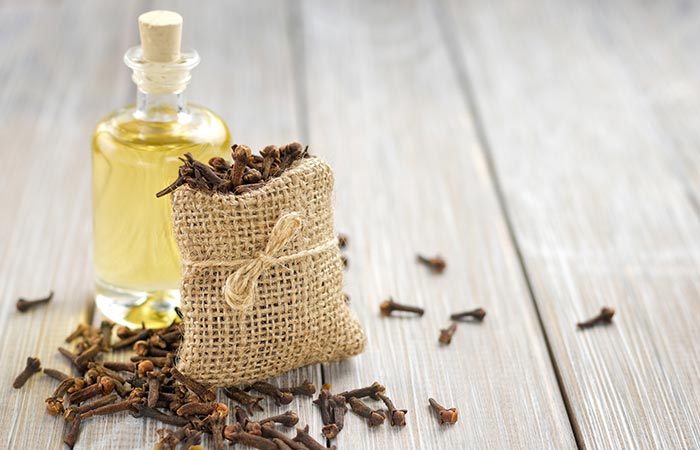
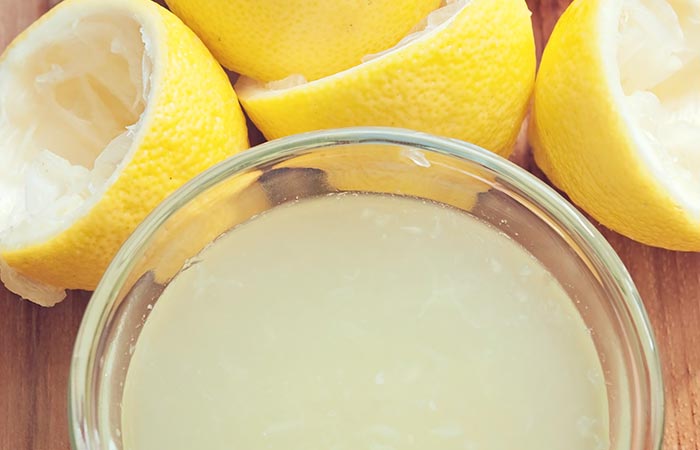
Comments
Post a Comment